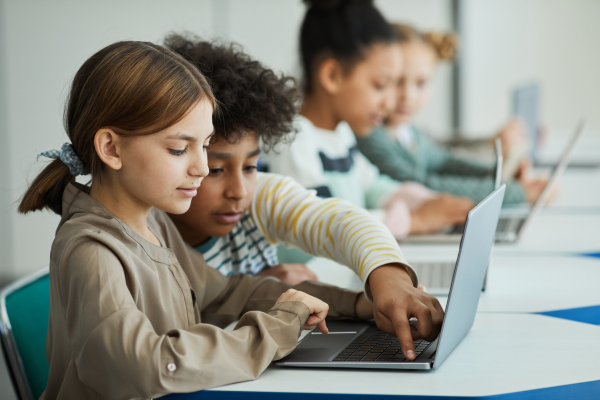
Code: the new literacy in the 21st Century

Today due to the, Fourth Industrial Revolution (RI4), we are facing tremendous changes across many aspects of our lives, i.e. social, economic, cultural and, consequently, in the labour market. In all these massive changes coding is considered a new literacy that will be as important as writing and reading. So, we should not only consider coding a new trend in Education but we really need, and many studies show how important this is in developing students capabilities in critical and computational thinking, to create the most adaptable and adequate educational contexts to help students develop new ways of solving problems by using coding as a framework to develop other important competences. All this must be the trigger to make schools change and offer new educational challenges to students, giving them the opportunity to acquire the necessary skills to face these new challenges. This kit aims to give a broard framework that will help you to define and prepare an eTwinning project that involves coding to promote Computational Thinking.
Additional information
-
Age from:13
-
Age to:17
-
Difficulty:Intermediate
